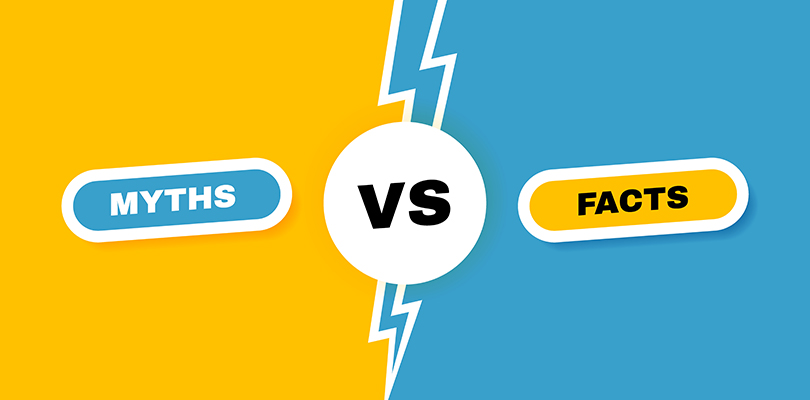Retirement planning isn’t a straightforward operation. That’s why we’ve got retirement facts — not misinformation — to help guide your decision making.
Myth 1 — My retirement benefit will increase indefinitely with age.
Fact: Pension payments are calculated using a retirement formula based on years of service credit, age at retirement, and final compensation. All retirement formulas have a maximum benefit factor or “age factor,” ranging from age 50 to age 67. Once you reach the maximum age factor, your pension stops increasing unless you’re still working and earning more years of service.
Myth 2 — There’s no time frame to submit my retirement application.
Fact: Your myCalPERS account will report your retirement eligibility, but we don’t provide a date to retire.
There are two dates to consider: The last day you stop working for a CalPERS-covered employer or a reciprocal system, and the retirement date on your retirement application.
If you submit your retirement application more than nine months after you stop working, your retirement date can be no earlier than the first day of the month we receive your application.
If you stop working but don’t submit your retirement application within 120 days, your retiree health and/or dental benefits can be impacted, as well as the possibility of not having any unused sick leave used in your pension calculation, if your employer contracts for this benefit.
Myth 3 — If I work for two CalPERS employers, but only one of them reports payroll and service credit to CalPERS, I only have to stop working from the employer reporting to CalPERS when I’m ready to retire.
Fact: To be eligible to retire, you must stop working from all CalPERS employment, including all full-time, part-time, and overtime positions and any elected or appointed positions, even if the position is not being reported to CalPERS. If you work continuously in a position, even if it’s not being reported to CalPERS, you could be unlawfully employed and be required to change your retirement date and repay CalPERS for pension payments you received.
Myth 4 — My highest salary earned during my CalPERS-covered employment will be used to calculate my retirement benefits.
Fact: It’s true that we use a 12-month or 36-month average of your highest annual compensation when you have all classic or all Public Employees’ Pension Reform Act (PEPRA) service. However, if you have a combination of classic and PEPRA service, we use one final compensation amount for the service earned under your classic service and a second final compensation amount under your PEPRA service. We cannot use your PEPRA salary toward your classic service and vice versa.
Myth 5 — If I have 100% vesting for retiree health benefits, it means that my employer pays 100% of my health benefit premiums.
Fact: If you’re 100% vested for CalPERS health benefits, this means you receive 100% of the employer’s contribution toward your health premiums. You are responsible for paying any remaining health premium costs. Vesting criteria vary by employer, years of service, hiring date, and bargaining unit.
Check with your employer for more information, and read our article on health vesting.
Getting ready to retire? Get accurate information.
For more information on your retirement benefits, please review your specific member publication, as well as our publication Planning Your Service Retirement (PUB 1) (PDF).

